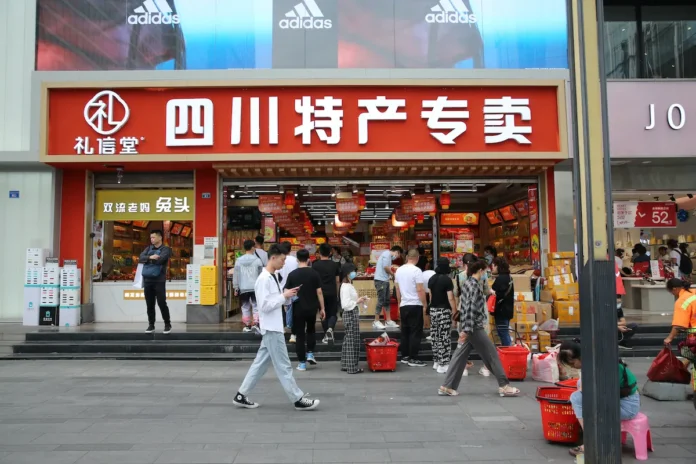China’s retail sales and investment data:
On Friday, China reported data indicating slower consumer growth while industrial activity remained robust. Retail sales increased by 2.3% in April compared to the previous year, according to the National Bureau of Statistics. This was below the 3.8% forecast by a Reuters poll and lower than the 3.1% growth recorded in March.
Industrial production rose by 6.7% year-on-year in April, surpassing expectations of a 5.5% increase and significantly up from 4.5% in March. However, fixed asset investment grew by 4.2% in the first four months of the year, falling short of the anticipated 4.6% rise.
Real estate investment continued its decline, dropping 9.8% year-on-year for the first four months of 2024. Infrastructure and manufacturing investments also slowed slightly compared to March. The urban unemployment rate remained at 5% in April. The bureau plans to release a breakdown by age in the coming days.
During a recent holiday from April 29 to May 3, retail sales grew by 6.8% year-on-year, according to the Ministry of Commerce. Sales of home appliances and automobiles increased by 7.9% and 4.8%, respectively, driven by nationwide trade-in incentives.The bureau noted that the April data was influenced by the May 1 Labor Day holiday and last year’s high base. Statistics bureau spokeswoman Liu Aihua explained that the holiday last year included two days in April, whereas this year it began on May 1. She also mentioned that the real estate sector is still adjusting.
On Friday, China also began a six-month program to issue long-term bonds for strategic projects, with Oxford Economics predicting the economic impact will be felt in the first half of next year. Liu mentioned that these bonds could boost market confidence.
April’s data presents a mixed growth picture. Exports rose by 1.5% year-on-year, meeting expectations, while imports grew by 8.4%, significantly more than expected. Consumer prices increased slightly, indicating stabilizing domestic demand, but factory-level prices continued to decline. New loan data for April hit a two-decade low, reflecting sluggish demand for borrowing from businesses and households.
The real estate sector remains in a slump, with many pre-sold apartments still under construction. More cities have recently eased housing purchase restrictions to boost sales. Officials from the housing ministry, central bank, and financial regulator are scheduled to hold a press conference on policies to support home deliveries.
Dan Wang, chief economist at Hang Seng Bank (China), expects the property market to stabilize by the end of next year. She noted that while the real estate slump has impacted middle-class wealth, the overall economy has shown resilience, compensating for the housing market loss through industrial investment and manufacturing. China’s official GDP grew by 5.3% in the first quarter year-on-year, exceeding expectations of a 4.6% increase. The country has set a target of around 5% GDP growth for 2024.
The EU Chamber of Commerce in China recently stated that current economic pressures appear cyclical and emphasized the need for increased domestic demand over industrial investment.





